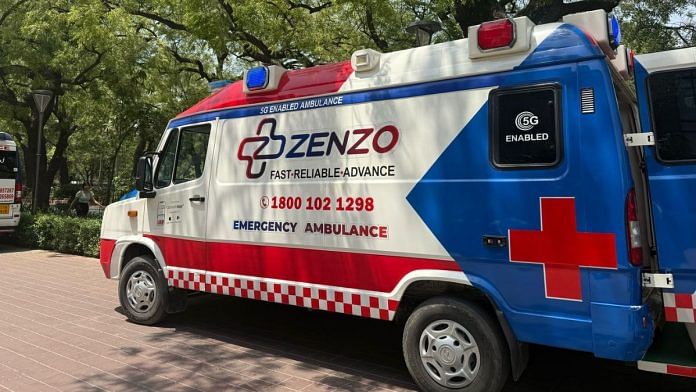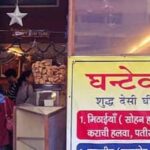With a single centralised helpline—1-800-102-1298—residents across Delhi-NCR can now access quick ambulance service.
Zenzo has mapped ambulances pin-code wise, allowing the system to locate and dispatch the nearest available vehicle quickly. Based on the caller’s location, an ambulance is dispatched to reach them within 15 minutes, ensuring timely medical assistance. “The aim is to simplify emergency access so that instead of scrambling for multiple contact numbers during a crisis, individuals can dial just one number and be immediately connected to a call centre,” said Sweta Mangal, Zenzo co-founder and CEO at the launch event Wednesday at India Habitat Centre in Delhi.
The event was attended by Anil Tomar, Assistant Commissioner of Police, Traffic Headquarters and VIP Routes, New Delhi, along with several officials from his team. Some of them also demonstrated CPR techniques they had learned during a training session conducted by Zenzo the previous day.
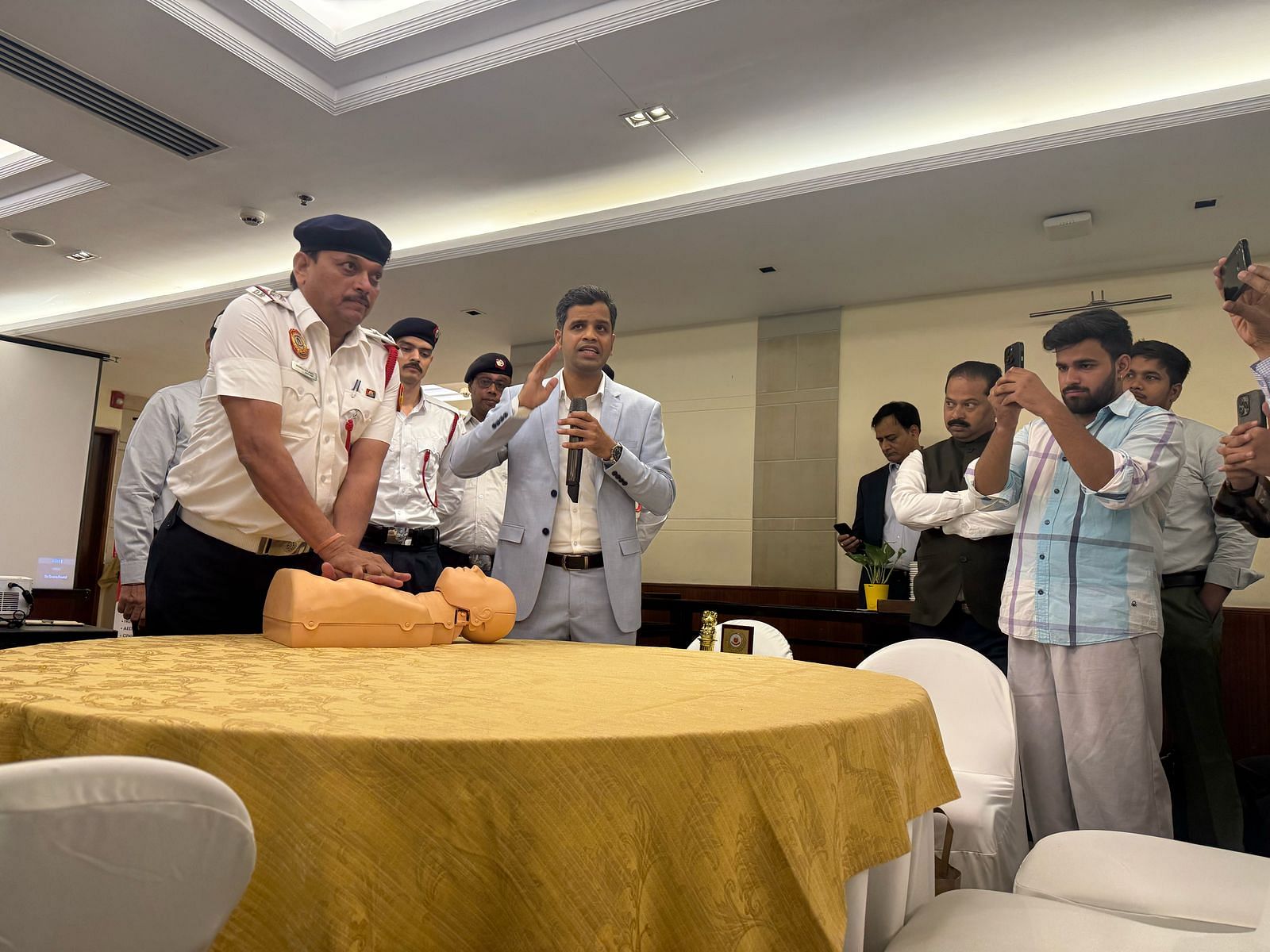
By prioritising speed and accessibility, Zenzo has also introduced standardised pricing. A Basic Life Support ambulance is priced at Rs 1,500 for the first five kilometers, while a Cardiac ambulance will cost Rs 2,500 for the same distance.
According to Mangal, the aim is simple—no last-minute surprises, just fair, transparent and consistent pricing. “We are ensuring that life-saving services are never limited by geography, privilege or cost,” she said.
Zenzo has also partnered with government bodies, such as National Highways Authority of India, National Health Mission, and various state health departments, along with private organisations. Its client base includes major companies, like Cipla, P&G, Abbott, Decathlon and Nestlé.
Last month, a CAG (Comptroller and Auditor General) report revealed that ambulances under the Centralised Accident and Trauma Services (CATS) programme, operated by Delhi government, now take an average of 17 minutes to respond—a noticeable increase from the 13-minute response time recorded in 2014.
This delay persists, despite the size of CATS ambulance fleet rising from 155 to 261 over the past decade, in a city with a population of about three crore. Established in 1989, CATS offers free ambulance services to accident and trauma victims in the capital.
Mangal said the company is open to working alongside CATS to strengthen emergency care in the city. “It’s not a competition, it’s a collaboration.”
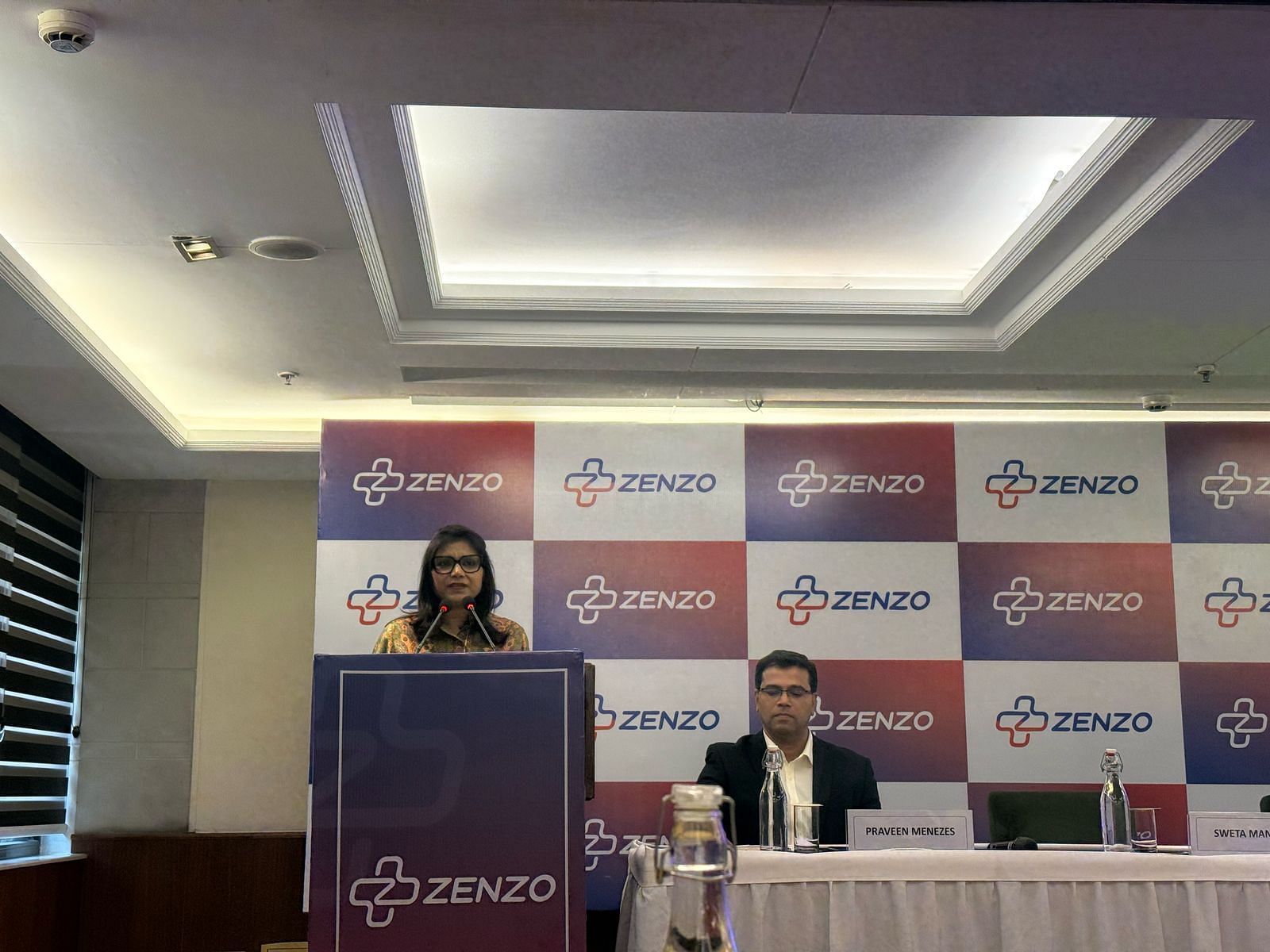
In addition to training law enforcement, Zenzo is collaborating with a diverse range of partners, including corporates, NGOs and food delivery platforms, like Swiggy and Zomato, as well as mobility partners, like Uber and Rapido, with the aim to equip their staff and riders with essential first-aid and CPR skills.
Road accidents claimed an average of 20 lives every hour across India in 2023, resulting in a staggering total of 1,72,890 deaths, according to the Ministry of Road Transport and Highways. Among Indian cities, Delhi recorded the highest number of road crash fatalities, with 1,457 lives lost that year.
Also Read: The pill, for him: Contraceptive that could redefine family planning clears key trial milestone
‘5G ambulance’
Zenzo has also launched an in-house “5G ambulance”, which uses real-time patient monitoring, enabling paramedics to share vital stats with hospitals instantly. It is equipped with all the critical devices found in a cardiac ambulance, such as ventilator, defibrillator, monitor and ECG. These devices are connected via 5G, ensuring real-time data transmission.
When a patient is placed in the ambulance, they are immediately connected to the equipment, and their health data is shared in real time with the hospital or doctor via a WhatsApp link. This allows doctors to view the patient’s condition live and communicate directly with the paramedic, guiding them on necessary action during the journey.
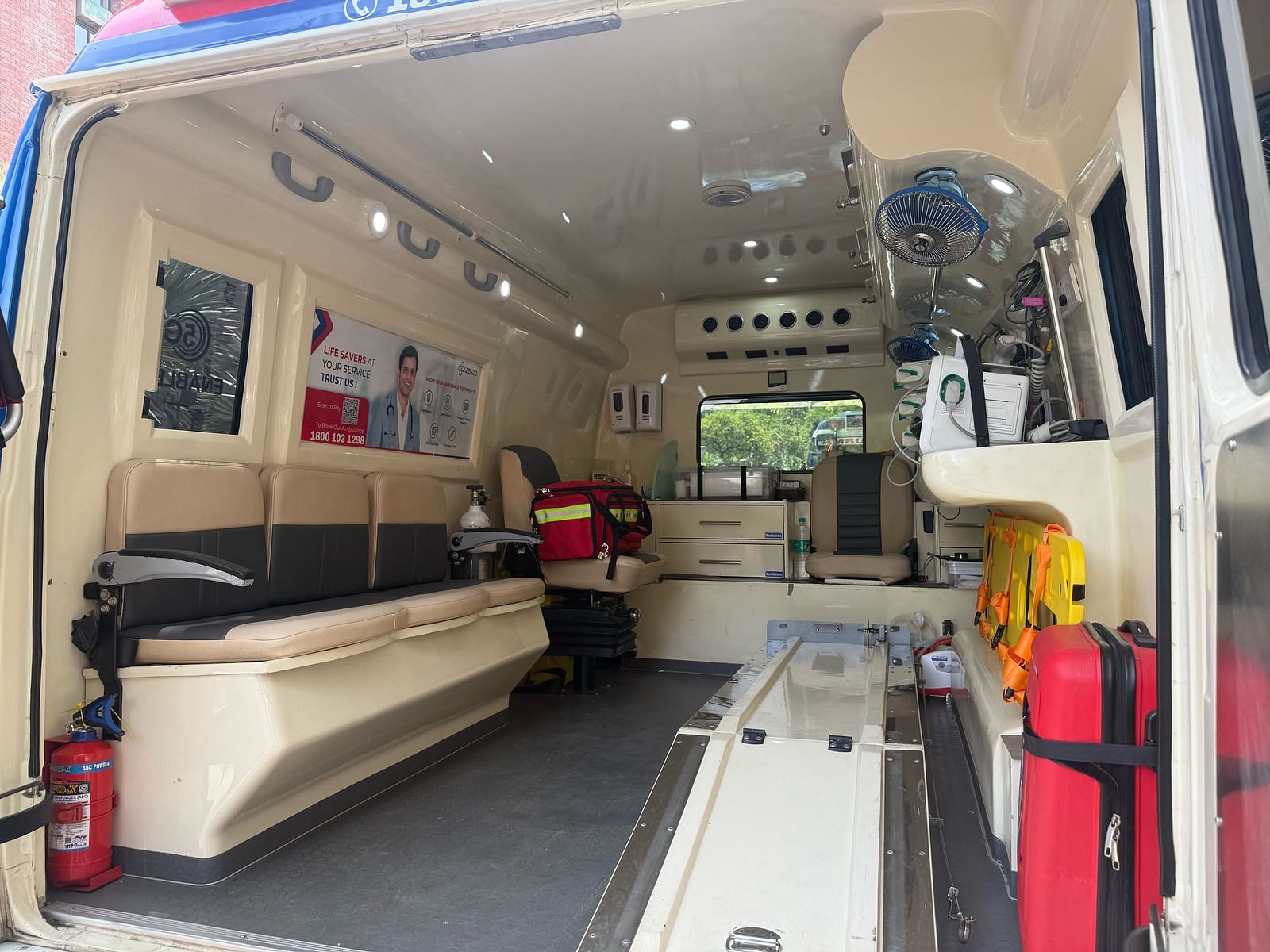
Mangal explained the importance of this technology, noting that even if an ambulance reaches its destination in 15 minutes, it can still take another 30 to 45 minutes to get to the hospital. In those crucial moments, real-time data relayed through 5G allows doctors to begin the necessary treatment before the patient even arrives at the hospital.
“This is not just about sending text information,” Mangal clarified. “It’s a WhatsApp link, and when you click on it, you can actually see a video of the patient’s condition.”
Currently, only one such ambulance is in operation, priced at Rs 5,000 per use. However, Mangal emphasised, “We want other organisations and people to adopt this model.” She added that four more 5G-enabled ambulances will be made operational in the coming weeks.
(Edited by Mannat Chugh)
Also Read: The tag of being India’s 1st ever ‘indigenous’ MRI machine has 2 contenders. There is no true winner
var ytflag = 0;
var myListener = function() {
document.removeEventListener(‘mousemove’, myListener, false);
lazyloadmyframes();
};
document.addEventListener(‘mousemove’, myListener, false);
window.addEventListener(‘scroll’, function() {
if (ytflag == 0) {
lazyloadmyframes();
ytflag = 1;
}
});
function lazyloadmyframes() {
var ytv = document.getElementsByClassName(“klazyiframe”);
for (var i = 0; i < ytv.length; i++) {
ytv[i].src = ytv[i].getAttribute('data-src');
}
}



